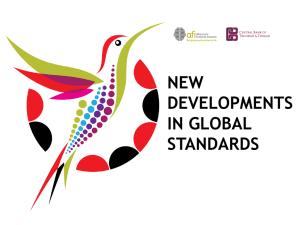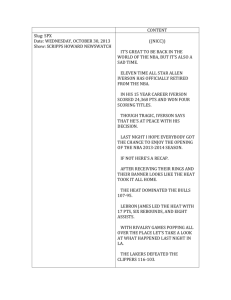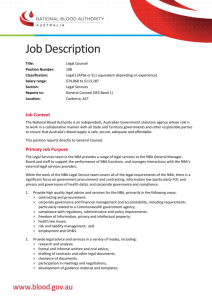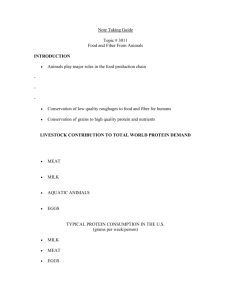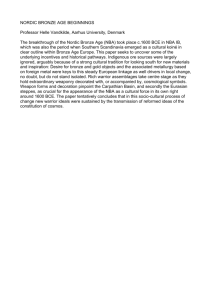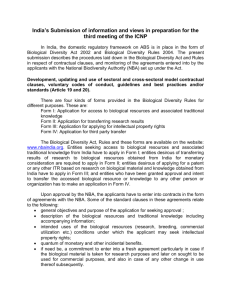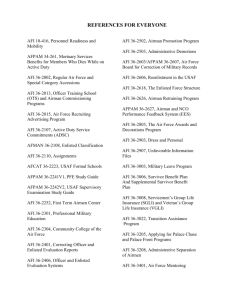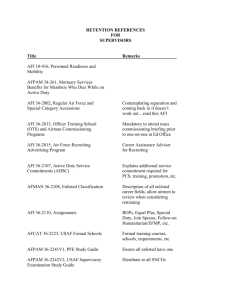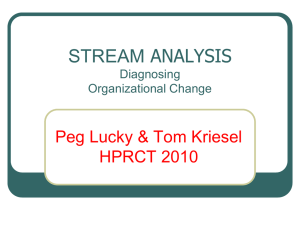Selection for reproduction traits in Hungarian pig
advertisement
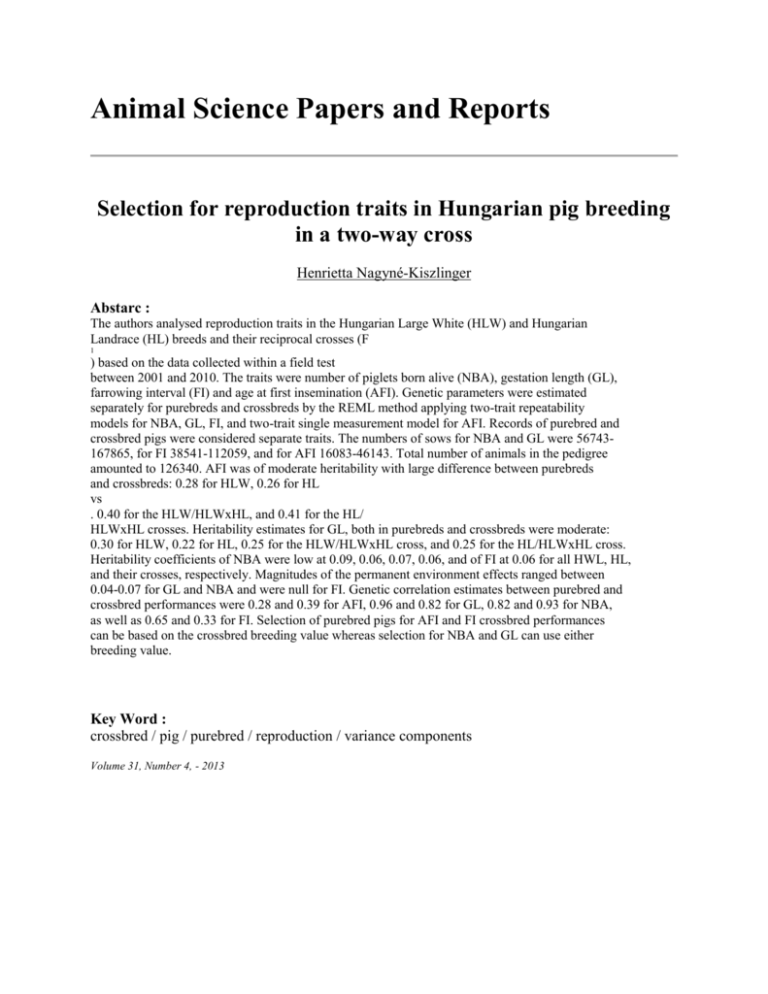
Animal Science Papers and Reports Selection for reproduction traits in Hungarian pig breeding in a two-way cross Henrietta Nagyné-Kiszlinger Abstarc : The authors analysed reproduction traits in the Hungarian Large White (HLW) and Hungarian Landrace (HL) breeds and their reciprocal crosses (F 1 ) based on the data collected within a field test between 2001 and 2010. The traits were number of piglets born alive (NBA), gestation length (GL), farrowing interval (FI) and age at first insemination (AFI). Genetic parameters were estimated separately for purebreds and crossbreds by the REML method applying two-trait repeatability models for NBA, GL, FI, and two-trait single measurement model for AFI. Records of purebred and crossbred pigs were considered separate traits. The numbers of sows for NBA and GL were 56743167865, for FI 38541-112059, and for AFI 16083-46143. Total number of animals in the pedigree amounted to 126340. AFI was of moderate heritability with large difference between purebreds and crossbreds: 0.28 for HLW, 0.26 for HL vs . 0.40 for the HLW/HLWxHL, and 0.41 for the HL/ HLWxHL crosses. Heritability estimates for GL, both in purebreds and crossbreds were moderate: 0.30 for HLW, 0.22 for HL, 0.25 for the HLW/HLWxHL cross, and 0.25 for the HL/HLWxHL cross. Heritability coefficients of NBA were low at 0.09, 0.06, 0.07, 0.06, and of FI at 0.06 for all HWL, HL, and their crosses, respectively. Magnitudes of the permanent environment effects ranged between 0.04-0.07 for GL and NBA and were null for FI. Genetic correlation estimates between purebred and crossbred performances were 0.28 and 0.39 for AFI, 0.96 and 0.82 for GL, 0.82 and 0.93 for NBA, as well as 0.65 and 0.33 for FI. Selection of purebred pigs for AFI and FI crossbred performances can be based on the crossbred breeding value whereas selection for NBA and GL can use either breeding value. Key Word : crossbred / pig / purebred / reproduction / variance components Volume 31, Number 4, - 2013

